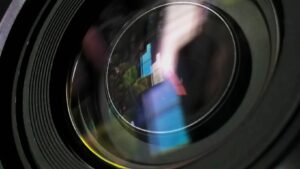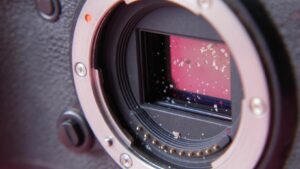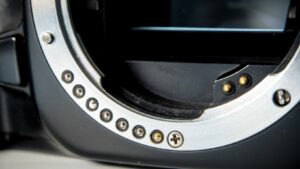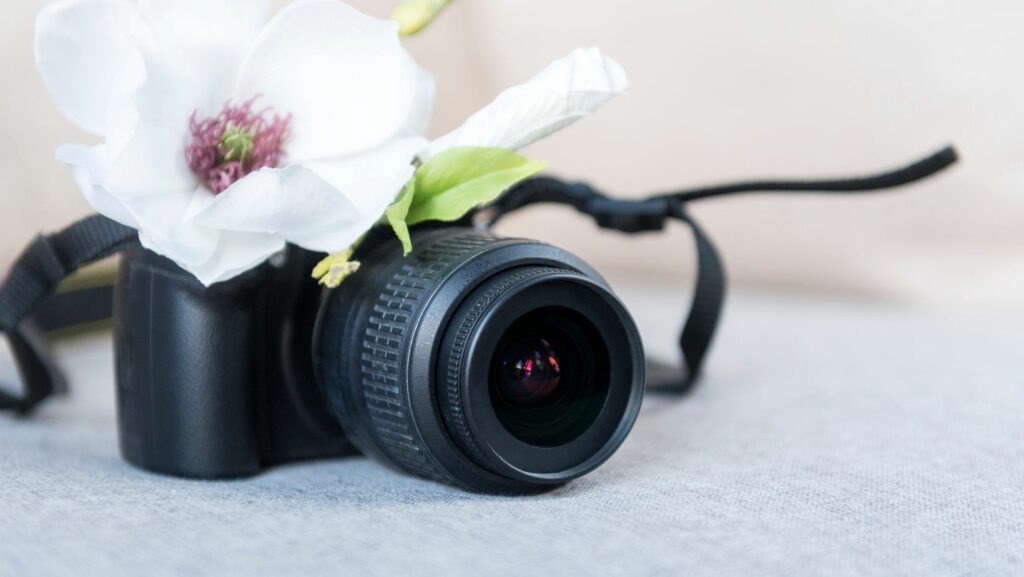In the ever-evolving world of photography, mirror lens cameras have carved out a unique niche. These specialized lenses, known for their compact design and distinctive donut-shaped bokeh, offer photographers a lightweight alternative to traditional telephoto lenses. Whether capturing distant wildlife or stunning astrophotography, mirror lens cameras provide an intriguing blend of portability and performance. For enthusiasts and professionals alike, understanding the benefits and limitations of mirror lens cameras can elevate their craft. With their ability to produce sharp images at impressive focal lengths, these lenses are a valuable tool in any photographer’s arsenal. Dive into the world of mirror lens cameras and discover how they can transform your photography experience. Mirror lens cameras excel at providing sharp images at impressive focal lengths. Typical focal lengths range from 300mm to 800mm, catering to those needing to capture distant subjects. For instance, birdwatchers and astrophotographers benefit from the capability to photograph subjects that are challenging to reach with standard lenses.
Mirror Lens Camera

Mirror lens cameras provide unique advantages in the realm of photography, notably their compact design and lightweight build. Weighing less than traditional telephoto lenses, mirror lenses allow photographers to handle extended shooting sessions without fatigue. As a result, they are suitable for handheld photography, making them appealing to wildlife photographers and those capturing dynamic scenes. Many mirror lenses feature a fixed aperture, typically ranging from f/8 to f/11. This fixed aperture simplifies the lens construction and reduces the overall weight. Photographers using these lenses need to ensure adequate lighting conditions or use higher ISO settings to maintain image clarity since the fixed aperture limits light entering the lens. One standout feature of mirror lens cameras is the distinctive donut-shaped bokeh effect they produce. Unlike standard lenses that create smooth, round bokeh, mirror lenses render a unique circular blur, adding creative flair to out-of-focus elements. This effect can enhance artistic compositions, making these lenses ideal for photographers seeking a different aesthetic. Despite their benefits, mirror lens cameras also have limitations.
Key Features Of Mirror Lens Cameras

Mirror lens cameras are renowned for their lightweight construction, benefiting photographers who require portability. These lenses, often weighing less than 2 lbs, make extended shooting sessions less cumbersome. Wildlife photographers, for instance, find these lenses ideal for capturing distant subjects without the strain associated with heavier telephoto lenses. Mirror lenses offer compact dimensions, a significant advantage over traditional telephoto lenses. Measuring between 5 to 10 inches in length, they fit easily into camera bags. This compact size allows photographers to travel light while still achieving high magnification levels. Nature photographers and travelers appreciate the space-saving design that enables more flexibility in their gear choices. Mirror lenses possess distinct optical traits that set them apart. They feature a fixed aperture, usually from f/8 to f/11, simplifying the lens design and reducing weight. However, this fixed aperture requires optimal lighting to maintain image quality. The donut-shaped bokeh effect, resulting from the lens’s central obstruction, adds creative flair to portraits and nature shots. Despite lacking autofocus, these lenses excel in capturing sharp images at focal lengths ranging from 300mm to 800mm, providing an intriguing blend of clarity and artistry.
Limitations Of Mirror Lens Cameras

Mirror lens cameras offer a unique blend of advantages but come with certain limitations that photographers should consider. Their fixed aperture can challenge photographers in varying lighting conditions, requiring careful planning and sometimes additional gear to achieve optimal results. The absence of autofocus can also be a drawback for those accustomed to speed and precision in fast-paced environments. Despite these challenges, their lightweight and compact nature make them a valuable tool in specific scenarios. For photographers willing to embrace their quirks, mirror lenses provide an affordable entry into high-magnification photography. They not only enhance the shooting experience but also offer creative opportunities with their distinctive bokeh effect. Exploring these lenses can lead to discovering new artistic possibilities and expanding one’s photographic repertoire. The optical design of mirror lenses naturally minimizes chromatic aberration. Traditional lenses can suffer from color fringing, which affects image quality. Mirror lenses, using mirrors rather than refracting elements, reduce this issue, ensuring sharper and more accurate color reproduction.

